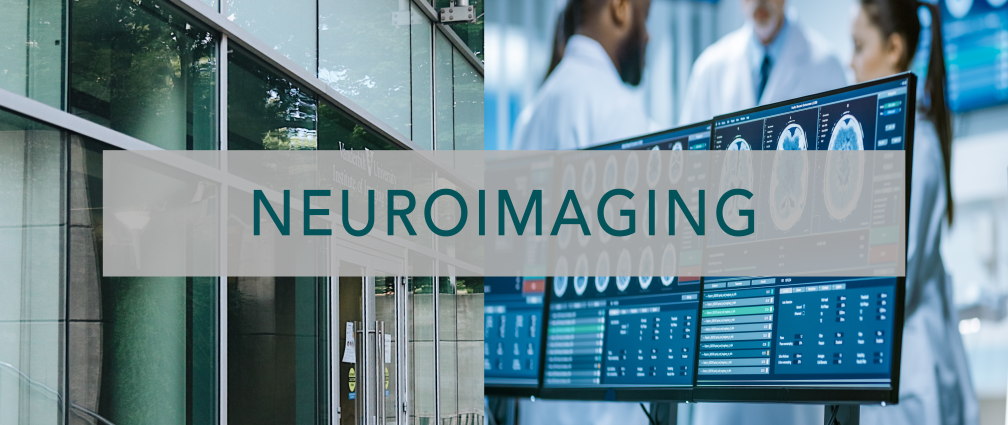Overview
The Neuroimaging research program within VUIIS spans a wide range of technical development, scientific questions and applications in both basic and clinical neuroscience. Advanced methods are being actively developed to study the brain, particularly using magnetic resonance imaging (MRI) and spectroscopy (MRI). For example, blood oxygen level dependent (BOLD) imaging is being used to map the functional architecture and connectivity of brain circuits, while the distribution of and kinetics of important neurotransmitters are being assessed using multinuclear MRS. Diffusion tensor imaging (DTI) provides unique information on the tractography of white matter, while alternatives to BOLD such as perfusion (from arterial spin labelling) and volume measurements are also available. Quantitative morphometry of brain structure makes use of high resolution MRI data, and the construction of brain atlases allows comparisons between groups and correlations between structure and other attributes. Variations in the structure, metabolism and function of the brain are being used to understand and characterize a spectrum of neurological, psychiatric disorders, developmental and degenerative disorders. Fundamental studies of brain organization are greatly aided by our unique program studying non-human primates, while the design and actions of various neuroactive drugs make extensive use of our program in pharmacological MRI and PET. The various activities in neuroimaging are greatly enhanced by the close collegial collaborations that exist between VUIIS personnel and investigators in other departments, notable in Psychology, Psychiatry, Neurology, Neurosurgery, the Kennedy Center and Peabody College.
Highlights
- VUIIS is undertaking diverse research projects in neuroscience, developing advanced methods for probing the structure, metabolism and functional architecture of the brain, understanding the basis of their information, as well as applications across a spectrum of disorders.
- VUIIS provides unique opportunities for studies across species, from mouse to man and including brain imaging in both awake and anesthestized non-human primates.
- VUIIS combines an array of technologies - MRI, fMRI, DTI, MRS, phMRI, PET, SPECT, optical imaging, electrophysiology (EEG, ERP) - for brain studies, including the opportunity to image the human brain at ultra-high field (7 Tesla).


